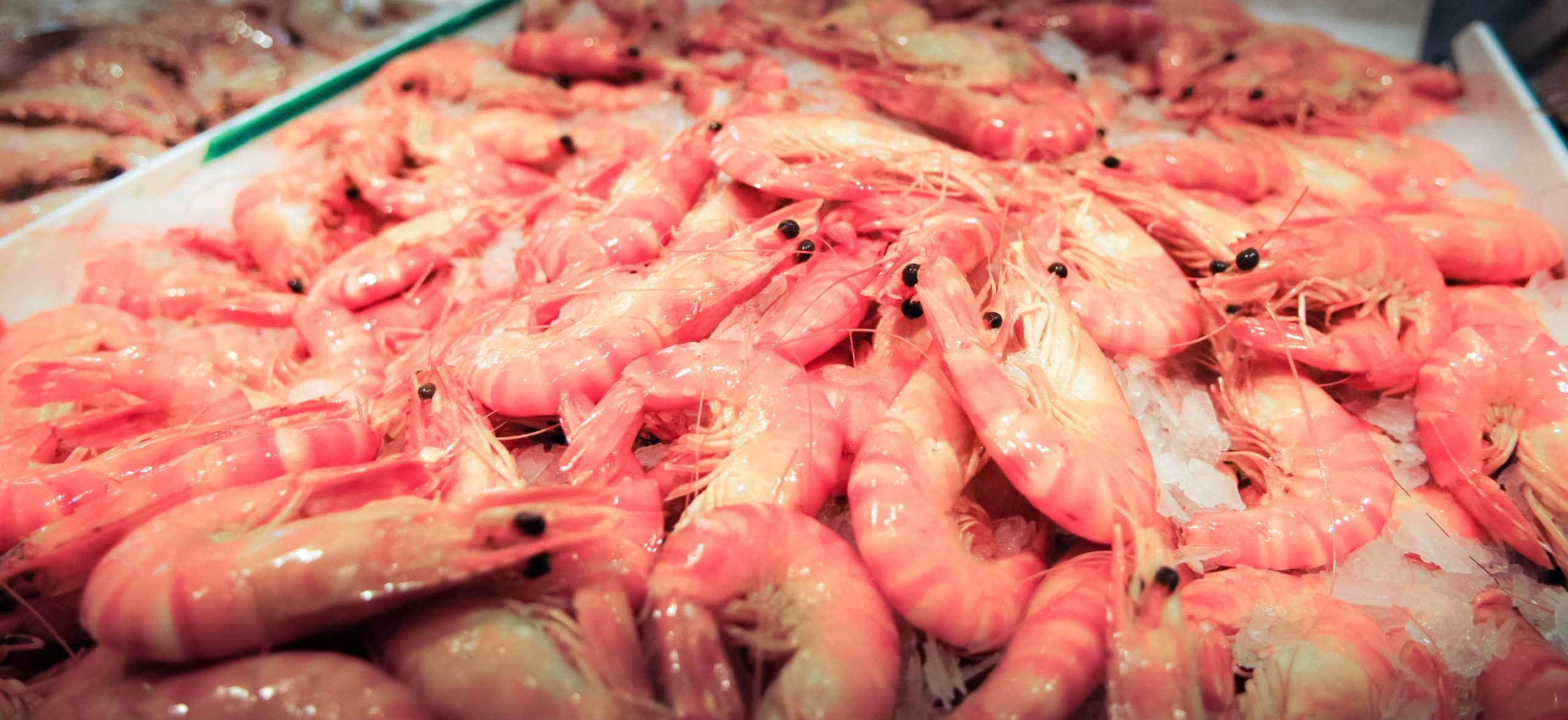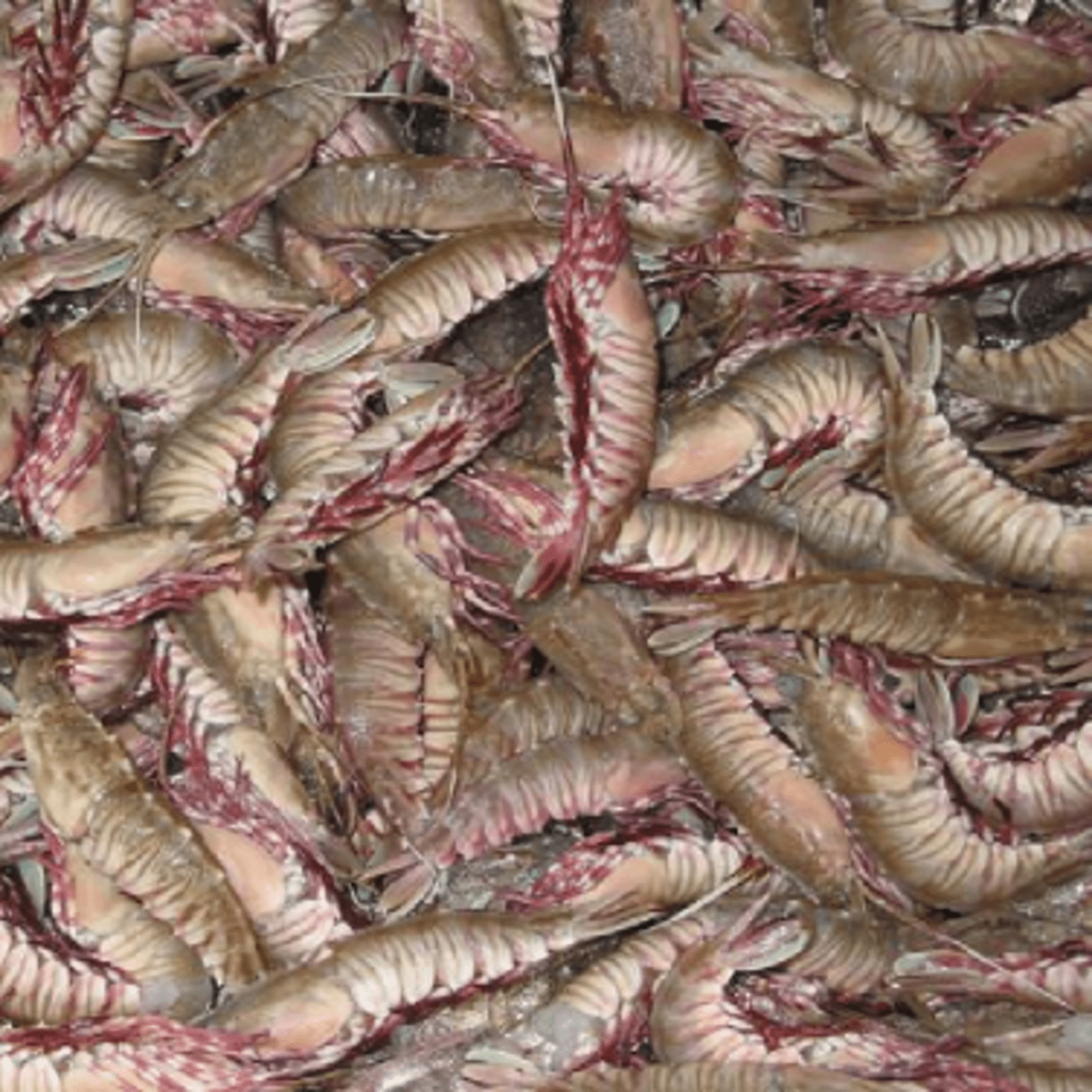Shrimp farming business has become a highly lucrative and competitive business in India. Commercial marine shrimp farming started in the 1970s, the total global production of farmed shrimp reached more than 2.1 million tonnes in 1991, representing a value of nearly 9 billion.
Shrimp production grew steeply, particularly to match the market demands of the USA, Europe, and Japan. India has a supply of long coastline and so offers a much larger scope for aquaculture. Earlier fishermen were involved in traditional marine fishing.
There are a lot of scopes exists for entrepreneurs to venture into this field of activity. Brackish water is much suitable for undertaking shrimp cultivation in India. Around 11.91 ha lakhs spread over 10 states and union territories which are Kerala, Karnataka, Goa, Maharashtra West Bengal, Orissa, Andhra Pradesh, Tamil Nadu, Pondicherry, and Gujarat. Of this only around 1.2 ha lakhs are under shrimp farming now.

During the time of seventies, fishermen started concentrating on catching shrimps more commonly known as `prawns’ due to high profitable return on the same on account of their export value
Contents
There are different ways through which you can start your shrimp farming business. All generally have similar kind of concept, so it is not difficult for you to choose one of them.
- Indoor shrimp farming
- Freshwater shrimp farming
- Marine shrimp farming
- Traditional shrimp farming
- Modern shrimp farming
Design the shrimp farm
- A farm should be designed with a size of 0.4 – 0.5 ha and preferably drainage system should be managed accordingly.
- The design, elevation, and orientation of the water canals must be related to the elevation of the area with particular reference to the mean range of tidal fluctuation.
- The ponds usually must have concrete dikes, elevated concrete supply canal with separate drain gates, and adequate life-supporting devices like generators and aerators.
- To minimize the cost of construction the layout of the canals and dikes may be fitted as closely as technically possible.
Feed the shrimp
- The feeds will improve shrimp production and increase profits. The total variable cost of feeding is 50% to 70% as it plays a major role in the production cost.
- Nutrients from feeds depend on the type and quality of the raw material used, the feed processing, feed storage conditions, and the feeding management and formulation,
- The shrimps need a complete diet. To maintain a continuous supply and to procure in large quantities natural food items have good conversion values. In today’s time, most of the aquaculture farms depend on imported feed with an FCR (Food Conversion Ratio) of 1:1.5 – 1.8.
- The feeding can also be done by using automatic feed dispensers, or by broadcasting all over the pond. Feed and feeding play a major role in semi-intensive or intensive shrimp farming as it requires a basic understanding of nutrition and feed requirements.
Water supply and drainage
- Fill the pond with pump water. The pumps and inlet canal should be large enough to allow the ponds or the reservoir to be filled within 4-6 hrs.
- Install the screen at the inlet canal before the pumps to prevent clogging.
- The pumps should be installed at locations where they can obtain water from the middle of the water column with the least sedimentation and pollution.
Shrimp farm harvesting
- Within a short period, you can achieve good condition harvesting. An excessively contaminating the shrimp with waste should be prevented by technique.
- Rapid harvesting will definetly reduce the risk of bacterial contamination and the shrimp will remain fresh when reaching the processor.
- Draining Pond water through a bag net and handpicking and carry out the entire harvesting. The culture period required is with the average around 120-150 days during which time the prawns will grow to 20-30 gm size (depending on the species).
- Harvested shrimps can be kept between layers of crushed ice before transporting the consignment to the market. You can crop two times in a year.
Methods
Generally, two methods of harvesting are practiced on farms. These take place generally by draining the pond and catching the shrimp in a bag net or by netting the shrimp within the pond.
The best time you should go for harvesting is early in the morning and it should be completed before mid-morning.
1. Firstly, design the ponds and outlets appropriately and completely drain the pond within 4-6 hrs. Fix the bag net to the outlet to collect the shrimp that are carried by the out flouring water.
- Only in those ponds be drained at low tide, the harvest should be conducted whenever possible. You should remove the shrimp regularly to prevent damage.
2. Secondly, this method is less beneficial the pond bottom will be disturbed, thus causing contamination of the shrimp. It is also slower and may take a long time to complete.
3. Thirdly, a small electric net or a large seine net can be used while netting the shrimp within the pond, either. Reduce the water level of the pond to 0.5-0.75 m deep and let workers go inside the pond for netting.
- With any of the methods, it is essential to hand-pick the remaining shrimp in the pond, after the pond is drained. You need to take care as the harvested shrimp can be quickly killed by giving them a temperature shock or dip in ice water to prevent damage and to improve storage
Can you farm shrimp at home?
Many people raise shrimp at home, in small tanks or large ponds, for their table or to sell as a seafood crop. With a little time and effort, you can grow your shrimp, using some easy guidelines. Set up your shrimp tanks.
Allot 10 shrimp per 20 gallons of water to give shrimp adequate personal space.
Freshwater shrimp farming
- Freshwater shrimp, also called Malaysian prawn, is the species Macrobrachium rosenbergii, originated from Malaysia. Raising freshwater shrimp in tanks has generally been unsuccessful, as these animals need well-oxygenated water and plenty of space to thrive.
- They require large ponds with excellent filtration and water quality as these are relatively easy to aquaculture, Many shrimp farms have successfully employed a three-pound grow-out system which means initiating three harvests a year. Many of the water-quality issues are the same as they contain saltwater counterparts.
- Prepare your ponds. Ponds should be deep enough around 2 to 5 feet and a surface area of 1 to 5 acres. Find your pond in an area that is not prone to flooding and unaffected by runoff from areas utilizing pesticides.
- To maintain the water quality optimal Employ skimmers, filters, and aerators. Fertilizing the pond will help you with plenty of natural food for the shrimp in the form of algae. The pond temperature should at least 70 degrees Fahrenheit and a pH between 6.5 and 9.5.
Hatching:
- Hatching is the most difficult part of shrimp farming. Juvenile shrimp need to be purchased from a hatchery. It should not be attempted by an individual without extensive knowledge of shrimp biology and brackish water quality maintenance.
- A stuffed feed of at least 38% protein works well. You can feed the shrimp twice, with larger feeding at dusk, as shrimp are nocturnal.
- Once they reach 5 grams feed the shrimp. Smaller shrimp will get enough nourishment from small pond organisms.
Indoor shrimp farming:
- Indoor shrimp farming and freshwater shrimp farming have the same methods of harvesting. It just you need to prepare your ponds.
- Equipment required is the power supply, nets, transport trucks, aerators, pumps, storage facilities, feed description, and monitoring equipment, water quality checking equipment. Ponds should be deep enough around 2 to 5 feet and a surface area of 1 to 5 acres.
- Find your pond in an area that is not prone to flooding and unaffected by runoff from areas utilizing pesticides. To maintain the water quality optimal Employ skimmers, filters, and aerators.
- Fertilizing the pond will help you with plenty of natural food for the shrimp in the form of algae. The pond temperature should at least 70 degrees Fahrenheit and a pH between 6.5 and 9.5.
- Indoor shrimp farming start-up expenses can be pocket freindly and relatively low. A 40-tank farm with building costs included can cost as much as rupees 500,000. However, an eight-tank farm that already has a building can be as little as rupees 100000.
Types of shrimps:
There are at least 300 species of shrimp in the world, but only a small portion are commercially available. They are categorized into a few pink, white, brown, and red.
Pink shrimp: These are pinkish you’ll typically see behind the seafood counter. They are pink when raw.

Brown shrimp: Usually have more mineral flavor if compared to white and pink shrimp, and they can contain more iodine. They turn pink once they’re cooked and are commonly used in dishes like gumbo.
Tiger shrimp: These little fellas are characterized by their stripes and can become quite large, but they tend to be farmed and not very sustainable.
Rock shrimp: They’re often compared to lobster because of their firm texture, and you can substitute them for lobster as a more affordable protein. While they start in hard shells, they’re typically deshelled before they’re sold.

White shrimp: These are less sustainable. Generally being farmed other than caught as Chinese white shrimp and Mexican white shrimp. These are on the sweeter side but tend to taste nuttier than pink shrimp.
Royal red shrimp: Named due to their bright red color, because of their rich flavor and firm texture they are compared to lobster.
Conclusion
Shrimp farming business has now developed into the important export food industry. In recent years the money is derived from shrimp farming other than any crop cultivation. If you live in an area with fresh seafood close by, you may have a local port or shop that sells truly fresh and live shrimp. This will tend to give you a very good business. This article can help you to know about shrimp farming much better. Comment down and let us know what your favorite prawn meal.

